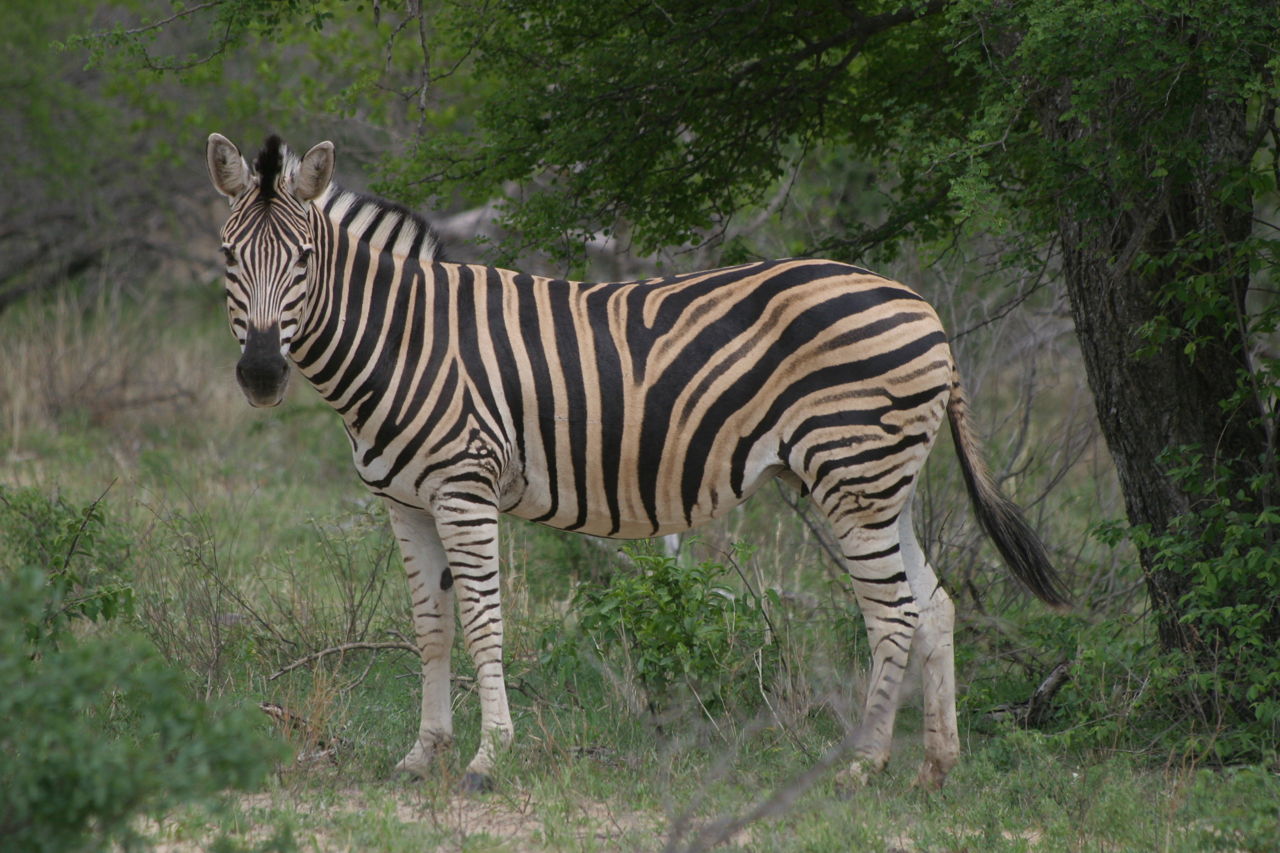
The animal kingdom is classified under two major groups, the vertebrates and invertebrates. The following article attempts to help you understand the differences between these groups.
All animals are simply divided into two groups; vertebrates and invertebrates, before they are minutely separated in different groups and sub-groups of the animal kingdom classification criteria. Before going into the details of evolutionary traits, identical traits, genetic differences, physical characteristics, etc., animals are first differentiated on the basis of one simple criteria. This simple criteria to divide the animals is whether the animal possesses a backbone or no. It helps place the animal species in one of the two groups, the vertebrates and the invertebrates. So, before a scientist or a zoologist begins to learn about the animal, he/she first decides the category it falls under. The individual characteristics of the categories are enlisted in the paragraphs below.
Difference Between Vertebrates and Invertebrates
The following information on animals will help you understand the differences between each group.
Which Animals are Known as Invertebrates?
Invertebrates are animals that belong to a large animal group. These animals do not belong to a single sub-phylum like the vertebrates. They are the animals without a backbone. They are multicellular organisms, and mostly form a colony of individual cell that function as one. All the cells in the colony have a particular function. They have no cell walls and many have tissues, except the sponges. Most of the invertebrates produce sexually.
Most of the invertebrates can move except the adult sponges. There are many invertebrates that follow symmetrical organization. This means one can draw a line down the middle of the animal and the two sides will be similar like mirror images. Invertebrates are heterotrophs that feed on plants and animals. The invertebrates include the following animals:
- Phylum Porifera – Sponges
- Phylum Cnidaria – Jellyfish, hydras, sea anemones, corals
- Phylum Ctenophora – Comb jellies
- Phylum Platyhelminthes – Flatworms
- Phylum Mollusca – Molluscs
- Phylum Arthropoda – Arthropods
- Phylum Annelida – Segmented worms like earthworm
- Phylum Echinodermata – Echinoderms
Which Animals are Known as Vertebrates?
The vertebrates are grouped under sub-phylum Vertebrata. The vertebrates are animals that possess an internal skeleton, i.e., endoskeleton. This endoskeleton is made up of an internal column of vertebrae. The sub phylum Vertebrata is grouped within the phylum Chordata. The vertebrates form the most advanced organisms on the planet. Vertebrates are larger than the invertebrates. Most of the vertebrates have an advanced nervous system that makes them smarter. The other characteristics of vertebrates include a bilateral symmetry, body segmentation, complete digestive system, closed blood system, bony or cartilaginous endoskeleton, tail and ventral heart. The animals of the vertebrates group include:
- Fish
- Amphibians
- Reptiles
- Birds
- Mammals
- Marsupials
- Primates
- Rodents like rats
- Cetaceans
Vertebrates vs. Invertebrates
You must have understood the basic vertebrates and invertebrates differences through the above given information. The following table will summarize the debate on vertebrates vs invertebrates animals.
| Invertebrate | Vertebrate |
| Definition | |
| Animals without a backbone | Animals with an internal skeleton made of bone are called vertebrates. |
| Classification | |
| They are classified into 30 phyla | They are classified into five groups, that is, fish, amphibians, reptiles, birds, and mammals. |
| Kingdom | |
| Animalia | Animalia |
| Physical Characteristics | |
| The invertebrates are multicellular. They have no back bone or cell walls and reproduce sexually. They are heterotrophic organisms. | The vertebrates have a well-developed internal skeleton, highly-developed brain, and an advanced nervous system. They have an outer covering of protective cellular skin. |
| Species | |
| About 98% of animal species are invertebrates. | Only 2% of the animal species are vertebrates. |
| Phylum | |
| Chordata | |
| Size | |
| They are small and slow-moving animals. | They are big in size. |
| Number of species | |
| About 2 million | Approximately 57,739 |
| Examples | |
| Insects, flatworms etc. | Parrots, humans, snakes etc |
| Subphylum | |
| Vertebrata | Vertebrata |
This was all about the vertebrate and invertebrate differences. There are hundreds of different animals in earth. These animals are grouped together based on their similarities and further divided according to their differences. I hope this article on vertebrates and invertebrates animals has helped you understand the fine similarities and differences between the two groups. A backbone is all that it takes to divide the past, present, future and even the extinct animals into vertebrates or invertebrates.






